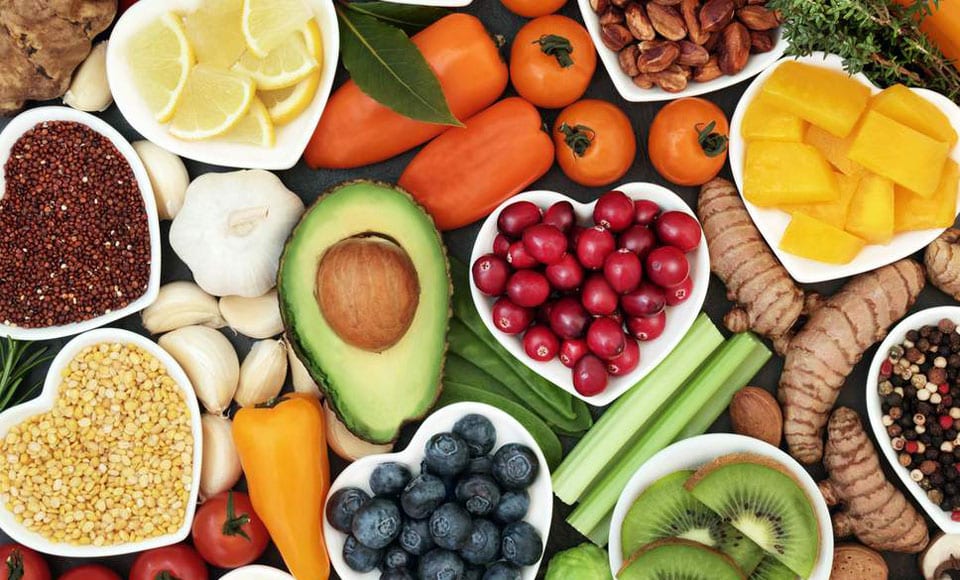Whether you’ve just started trading your morning muesli for steak (and your pasta for threads of Zucchini) or you’re a seasoned Keto advocate, you probably wonder from time to time: how many carbs could I get away with eating and still be in Ketosis? If you don’t know what ketosis is, read this guide.
The trouble is, although low-carb diets have been around since the early 1900’s, back then they were used by people with epilepsy or autoimmune problems, and only now has it become popular with the general public (thanks to athletic celebrities like Lebron).
This means that we don’t have as much research into the optimum way to reach (and stay) in ketosis, the state in which your body (primarily) burns fat for fuel instead of carbohydrates, as we would like.
Which brings us back to the question: how many carbs can I get away with eating before my body switches back to burning carbohydrates as its main source of fuel? As avid lovers of all things pizza and occasional munchers of cinnamon donuts we thought we would read up on the science. This is what we found.
Most ketogenic diet guidelines recommend 40 – 60 grams of carbohydrates per day, which roughly equates to one piece of toast. However, many ‘keto approved’ foods also contain (small amounts of) carbohydrates too—so if you eat a piece of toast plus your normal serving of fruit and veg, you are bound to go over.
View this post on Instagram
The guidelines also (sensibly) recommend that you don’t sacrifice on the fruit and veg to eat a piece of toast: “The carbs included should have a low glycemic index (GI) of 50 and less.”
They also point out that it varies person to person, but to make things a bit simpler, a report written by Vitaflo Dieticians in collaboration with Elizabeth Neal—a specialist Ketogenic dietician—revealed that the golden rule is to eat less than 50 grams of total carbs per day or 30g of net carbs per day.
According to Kiss My Keto, “This golden rule seems to work well for everyone… Total carbs are all carbs in a food, including the fiber (which doesn’t really count as your body doesn’t digest it) while net carbs are carbs minus the fiber.
However, making any significant changes to your diet can be dangerous, so the best option is to see a registered nutritionist or dietician to adjust your keto carb limit to meet your specific needs and goals, calculating your daily calorie expenditure and determining the amount of carbs you should eat based on your physique and activity levels—not some “golden rule” you found on the internet.
For example, the more active you are, the more carbs you can eat without being kicked out of ketosis. This is because your muscles use up glycogen more quickly after a workout, enabling you to indulge in a little “carb cycling” (#lasagnacomeatme). This carb ‘refeeding’ typically involves going up to 130 grams of carbs in a day, but again, this depends on the person and the exact amount of exercise they are doing.
Another common misconception that people have about the Ketogenic diet it that you have to eat high-fat foods. However, as Max Lugavere, NYT bestselling author of Genius Foods, points out, “Ketone production in your body is not a function of fat consumed, but of carbs NOT consumed (as well as overall calorie intake).”
So there you have it: if you are too lazy to go see a dietician—try and consume less than 50 grams of total carbohydrates per day to get into ketosis. And don’t forget to stay informed on the risks and benefits of this diet, which you’ll find below.
RELATED: The Ketogenic Diet – The Truth About How It Will Impact Your Health
